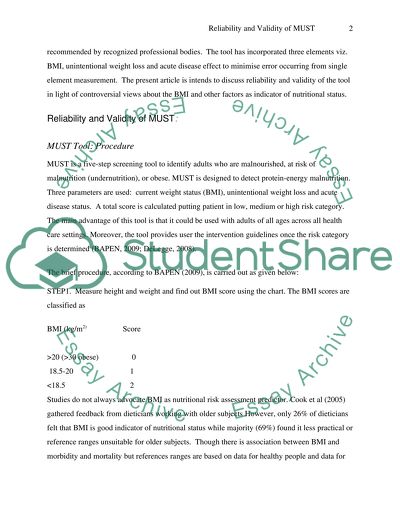Cite this document
(Development and Validation of the Malnutrition Universal Screening Too Case Study, n.d.)
Development and Validation of the Malnutrition Universal Screening Too Case Study. Retrieved from https://studentshare.org/health-sciences-medicine/1554861-malnutrition-universal-screening-tool-must-assessment-tool
Development and Validation of the Malnutrition Universal Screening Too Case Study. Retrieved from https://studentshare.org/health-sciences-medicine/1554861-malnutrition-universal-screening-tool-must-assessment-tool
(Development and Validation of the Malnutrition Universal Screening Too Case Study)
Development and Validation of the Malnutrition Universal Screening Too Case Study. https://studentshare.org/health-sciences-medicine/1554861-malnutrition-universal-screening-tool-must-assessment-tool.
Development and Validation of the Malnutrition Universal Screening Too Case Study. https://studentshare.org/health-sciences-medicine/1554861-malnutrition-universal-screening-tool-must-assessment-tool.
“Development and Validation of the Malnutrition Universal Screening Too Case Study”. https://studentshare.org/health-sciences-medicine/1554861-malnutrition-universal-screening-tool-must-assessment-tool.


